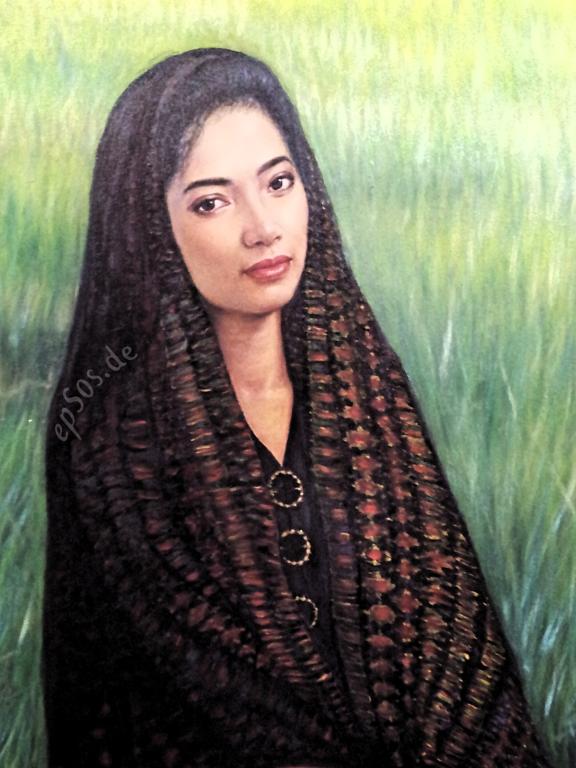
Is Islam, as such oppressive to women? The situation is more complex than many in the West presume it to be.
A trio of passages that I found worthy of note in John L. Esposito and Dalia Mogahed, Who Speaks for Islam? What a Billion Muslims Really Think (New York: Gallup Press, 2007):
Is Islam the Problem?
Because anti-women views are often believed to result from religious sentiment, important questions that must be asked are: Does religiosity among Muslim men correlate with less egalitarian views toward women? Is there merit to the arguments of those who say that women’s lagging status in much of the Muslim world is attributable to Islamic principles?
Our data analysis would say no to both questions. When we compared the men who say that women and men should have the same legal rights with men who espouse the opposite view, for the most part, we found little difference in their degree of religiosity. In fact, in Lebanon, Morocco, and Iran, men who support women’s rights are found to be more religious than those who do not support women’s rights. The only exception among the eight countries included in this analysis is Turkey, where the opposite is true. In Turkey, in contrast to other parts of the Muslim world, religiosity correlates heavily with lack of education, which could explain this result.
A similar trend is evident among men convicted of honor killings, long believed to be the result of religious zeal. For example, research indicates that 69.4% of the men who committed honor killings in Jordan did not perform their daily prayers, and 55.5% did not fast. That these men fail to observe the most obligatory rituals of Islam suggests that their act of murder is not motivated by religious zeal or devotion. Rather, other factors normally associated with criminal behavior are more likely to play a role. For example, most of these men had a record of violent behavior: 35.1% had already served sentences for previous crimes. Furthermore, 32.4% were illiterate, only 3.7% had attended college, and 24.1% were brought up in broken homes. (123-124)
While Westerners still often see the veil as a symbol of women’s inferior status in the Muslim world, to Muslims, Western women’s perceived lack of modesty signals their degraded cultural status in the West. (109-110)
The data simply do not support the persistent popular perception in the West that Muslim women can’t wait to be liberated from their culture and adopt the ways of the West. (110)











